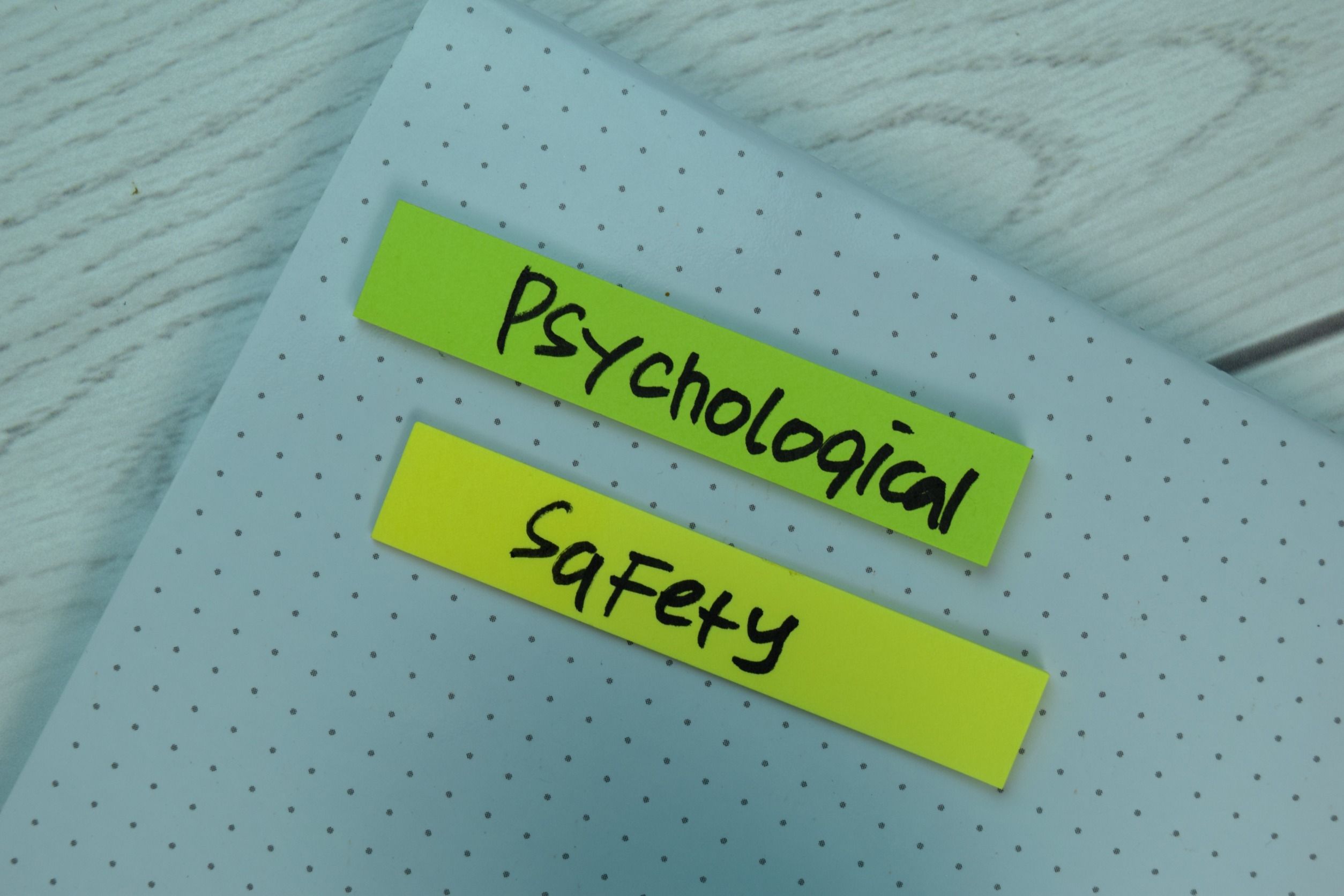Imagine a workplace where people are scared to voice their opinions, where the fear of failure is so intense it paralyzes action. Such a work environment can be stifling and unproductive, to say the least. Now, think of the opposite—a workplace where everyone feels valued, where ideas flow freely, and where failure is seen not as a catastrophe but as a learning opportunity. That is a workplace with psychological safety. As a leader, your mission is to guide people in creating this kind of environment. But how do you get there?
Decode the Need for Psychological Safety
First things first, you need to make leaders understand why psychological safety is not just a fluffy, feel-good concept but a serious business imperative. A psychologically safe environment boosts productivity, fosters innovation, and increases employee engagement. Helping leaders recognize its importance is half the battle won.
Audit the Current State
Before leaders can foster psychological safety, they must understand the current state of their teams. You can introduce them to tools like anonymous surveys or facilitate a focus group to gather honest feedback. Based on this information, leaders can better target their efforts and you can offer more customized advice.
Empathy is the Key
Fostering psychological safety starts at the top. Leaders have to set the tone by being empathetic and approachable. They need to listen more than they speak, and when they do speak, it should be to encourage and uplift. You can help leaders practice empathetic listening, which involves not just hearing but understanding the emotional subtext of what is being said.
Open the Channels of Communication
A psychologically safe team is one where communication flows in all directions—not just from the top down. Leaders should encourage team members to voice their ideas, concerns, and even criticisms. You can introduce leaders to techniques like ‘round-robin’ meetings, where everyone takes turns to speak, ensuring that no voice is drowned out.
Normalize Failure
In most workplaces, failure is a taboo subject. But in a psychologically safe environment, failure is de-stigmatized. It is viewed as a stepping stone to success, an opportunity to learn and grow. Leaders should celebrate the lessons learned from failures as much as they celebrate successes. You can guide leaders in conducting blame-free postmortems after a project failure, focusing on what can be improved rather than who messed up.
Collective Decision-Making
One effective strategy to foster psychological safety is to involve team members in decision-making. Whether it’s deciding on a project to undertake or choosing a new team-building activity, collective decisions foster a sense of ownership and mutual respect. You can coach leaders on how to manage such collective decision-making processes effectively, ensuring that they are democratic but not chaotic.
Accountability without Fear
While psychological safety encourages openness and risk-taking, it should not be mistaken for a lack of accountability. Leaders must hold team members accountable for their actions, but without instilling fear. This is a fine balance and often where leaders trip up. You can help them understand how to set clear expectations and how to hold people accountable in a way that is firm but fair.
Revisit and Revise
Fostering psychological safety is not a one-time effort; it requires constant attention and adjustment. Encourage leaders to periodically reassess the team’s psychological safety using the same tools you introduced earlier, like surveys or focus groups. This will help them understand if their efforts are paying off or if they need to change tack.
The crux of fostering psychological safety lies in creating an environment of trust and openness, where each individual feels valued and heard. Your role as a leader is crucial in guiding your people through this transformation. It involves not just providing tools and techniques but also fostering a mindset change, from command-and-control to empathy and collaboration. It’s a challenging journey but one that holds the promise of a more engaged, productive, and happy team. And in the end, isn’t that what every leader wants?

Did You Enjoy This Article?
Join thousands of other smart business owners like yourself & get our Proffittable Times newsletter.
It's filled with actionable content you can apply immediately.
Sign up now to get started!
– Coach Nancy










